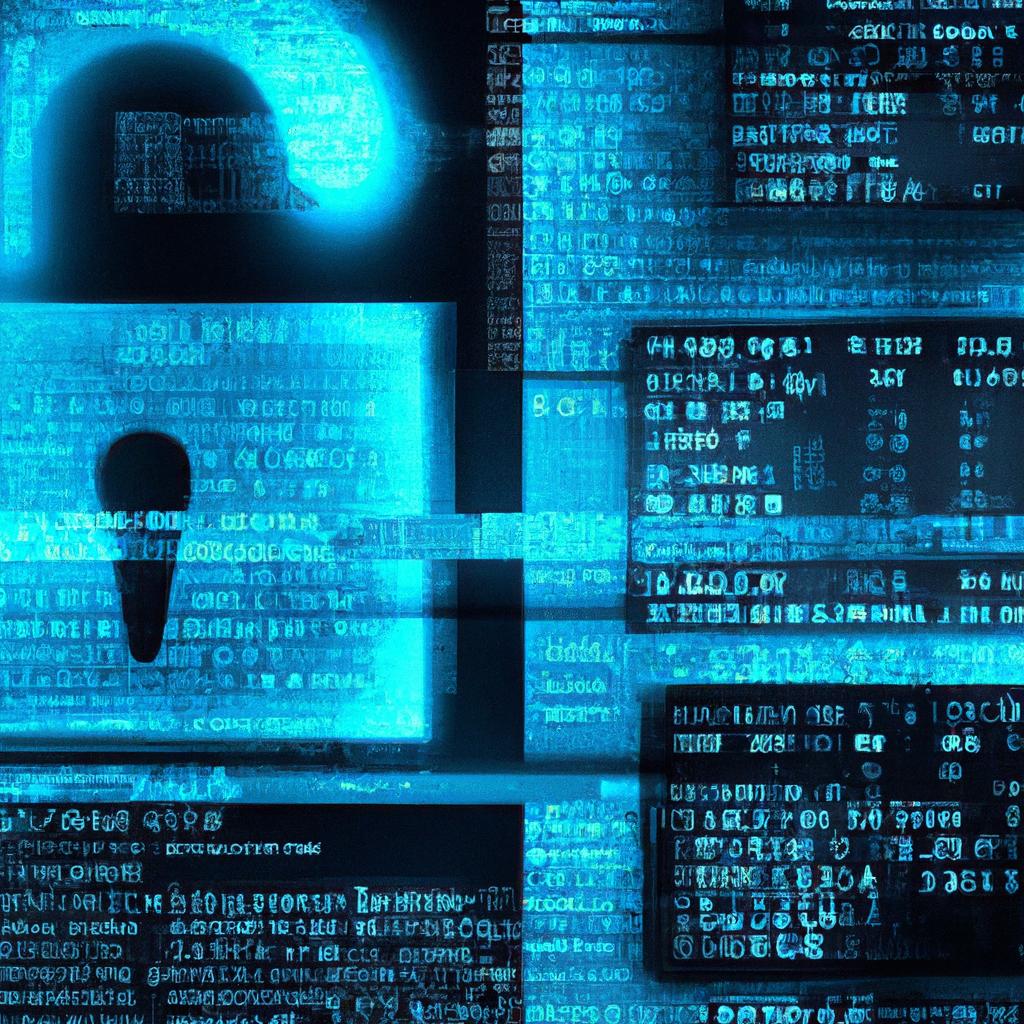
How to Secure Your Social Media Accounts from Hackers
In the age of constant connectivity, our social media accounts serve as our virtual reflections. However, with the rise of cyber threats, we must safeguard these digital extensions of ourselves from malicious hackers. So, how can you ensure the security of your online presence? Read on to discover crucial tips and tricks to fortify your social media accounts against unauthorized intrusions.
Table of Contents
- Understanding the Risks of Social Media Hacking
- Implementing Strong Passwords and Two-Factor Authentication
- Regularly Reviewing App Permissions and Privacy Settings
- Being Mindful of Phishing Attempts and Suspicious Links
- Q&A
- The Conclusion
Understanding the Risks of Social Media Hacking
Social media hacking is a prevalent issue in today’s digital age, with hackers constantly looking for ways to gain unauthorized access to personal accounts. The risks of social media hacking can range from identity theft to financial fraud, making it crucial for users to take steps to secure their accounts.
One way to protect your social media accounts from hackers is by using strong and unique passwords for each platform. Avoid using easily guessable passwords such as “123456” or “password”, and consider using a password manager to securely store your login information. Additionally, enable two-factor authentication whenever possible to add an extra layer of security to your accounts. Regularly updating your privacy settings and being cautious of phishing scams can also help prevent unauthorized access to your social media profiles.
Implementing Strong Passwords and Two-Factor Authentication
is crucial in securing your social media accounts from hackers. By following a few simple steps, you can significantly increase the security of your accounts and protect your personal information. Here are some tips to help you enhance the security of your social media profiles:
- Create complex passwords: Use a combination of letters, numbers, and special characters in your passwords to make them more difficult to crack.
- Enable two-factor authentication: Adding an extra layer of security to your accounts by requiring a code sent to your phone or email can prevent unauthorized access.
- Avoid using the same password: Use unique passwords for each of your social media accounts to minimize the risk of multiple accounts being compromised.
| Platform | Status |
|---|---|
| Two-Factor Authentication Enabled | |
| Strong Password Implemented | |
| Unique Passwords for Each Account |
Regularly Reviewing App Permissions and Privacy Settings
One crucial step in securing your social media accounts is to regularly review the app permissions and privacy settings. This is especially important as apps often update their terms of service, which may include changes to how they handle your personal information. By staying vigilant and checking your permissions and settings frequently, you can ensure that your data is only being shared with trusted sources and that your account is protected from potential hackers.
To begin reviewing your app permissions, start by logging into each of your social media accounts and navigating to the settings or privacy section. Look for the permissions tab, where you can see which apps have access to your account information. Carefully evaluate each app’s permissions and consider revoking access to any that you no longer use or trust. Additionally, review your account’s privacy settings to ensure that your posts, photos, and personal information are only visible to the audience you choose. By staying proactive and regularly reviewing your permissions and settings, you can better safeguard your social media accounts from potential security threats.
Being Mindful of Phishing Attempts and Suspicious Links
It is crucial that we remain vigilant when it comes to protecting our social media accounts from hackers. By , we can greatly reduce the risk of falling victim to cyber attacks.
One way to secure your social media accounts is to never click on links from unknown sources. Be cautious of messages or emails that ask for your personal information or request you to reset your password. Always double-check the sender’s email address and verify the authenticity of the link before clicking on it. Additionally, enable two-factor authentication for an extra layer of security. By taking these precautionary measures, you can better safeguard your online presence from potential threats.
Q&A
Q: How vulnerable are social media accounts to hacking?
A: Social media accounts are often targeted by hackers due to the vast amount of personal information they contain.
Q: What are some common methods that hackers use to gain access to social media accounts?
A: Hackers may use phishing emails, social engineering tactics, or malware to steal login credentials and access social media accounts.
Q: What steps can users take to secure their social media accounts?
A: Users can enable two-factor authentication, create strong and unique passwords, regularly update their privacy settings, and be cautious of suspicious links and messages.
Q: How often should users change their passwords to protect their social media accounts?
A: It is recommended for users to change their passwords regularly, ideally every 3-6 months, to prevent unauthorized access to their accounts.
Q: What should users do if they suspect their social media account has been hacked?
A: If users suspect their account has been hacked, they should immediately change their password, log out of all devices, and report the incident to the platform’s support team for further assistance.
The Conclusion
In conclusion, taking steps to secure your social media accounts from hackers is crucial in today’s digital age. By following the tips mentioned in this article, you can protect your personal information and ensure a safe online experience. Remember to be vigilant, stay informed about the latest security threats, and always prioritize the security of your accounts. Stay safe and happy socializing!

